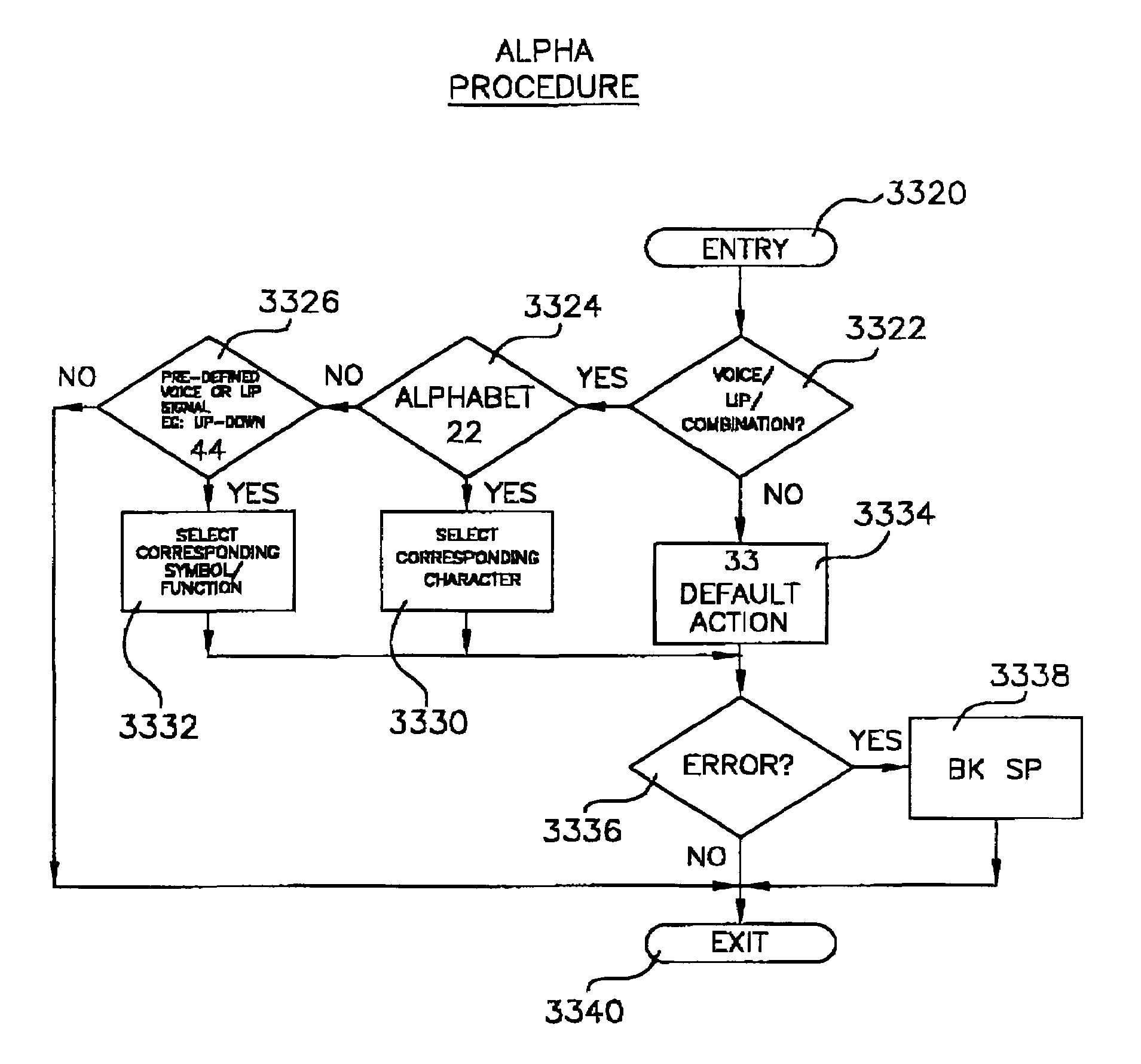Integrated keypad system
a keypad and integrated technology, applied in the field of keys, to achieve the effect of enhancing accuracy and ease of use, quick distinguishing one finger, and avoiding lengthy and complex tasks
- Summary
- Abstract
- Description
- Claims
- Application Information
AI Technical Summary
Benefits of technology
Problems solved by technology
Method used
Image
Examples
Embodiment Construction
[0086]With initial reference to FIG. 1, a fingerprint detection interface 100 is shown, according to one embodiment of the invention, comprising a fingerprint detection pad 126, which is configured to recognize pattern differences in each of a user's fingers. Such pattern differences can in turn be utilized communicatively so that human input can be electronically transmitted to an electronic device via the process of touching one's fingers to the fingerprint detection device.
[0087]Fingerprint detection interface 100 further comprises, according to one embodiment of the invention, a display screen 122, an indicator light 124, command buttons 128–136, switches 138, and wireless communications means 126. Briefly, an individual using a plurality of fingers, such as fingers 102–120, touches fingerprint detection pad 126 in order to provide an input signal, whereas fingerprint detection device 100 in turn transmits that signal via communications means 126 to another device, such as a pho...
PUM
 Login to View More
Login to View More Abstract
Description
Claims
Application Information
 Login to View More
Login to View More - R&D
- Intellectual Property
- Life Sciences
- Materials
- Tech Scout
- Unparalleled Data Quality
- Higher Quality Content
- 60% Fewer Hallucinations
Browse by: Latest US Patents, China's latest patents, Technical Efficacy Thesaurus, Application Domain, Technology Topic, Popular Technical Reports.
© 2025 PatSnap. All rights reserved.Legal|Privacy policy|Modern Slavery Act Transparency Statement|Sitemap|About US| Contact US: help@patsnap.com



